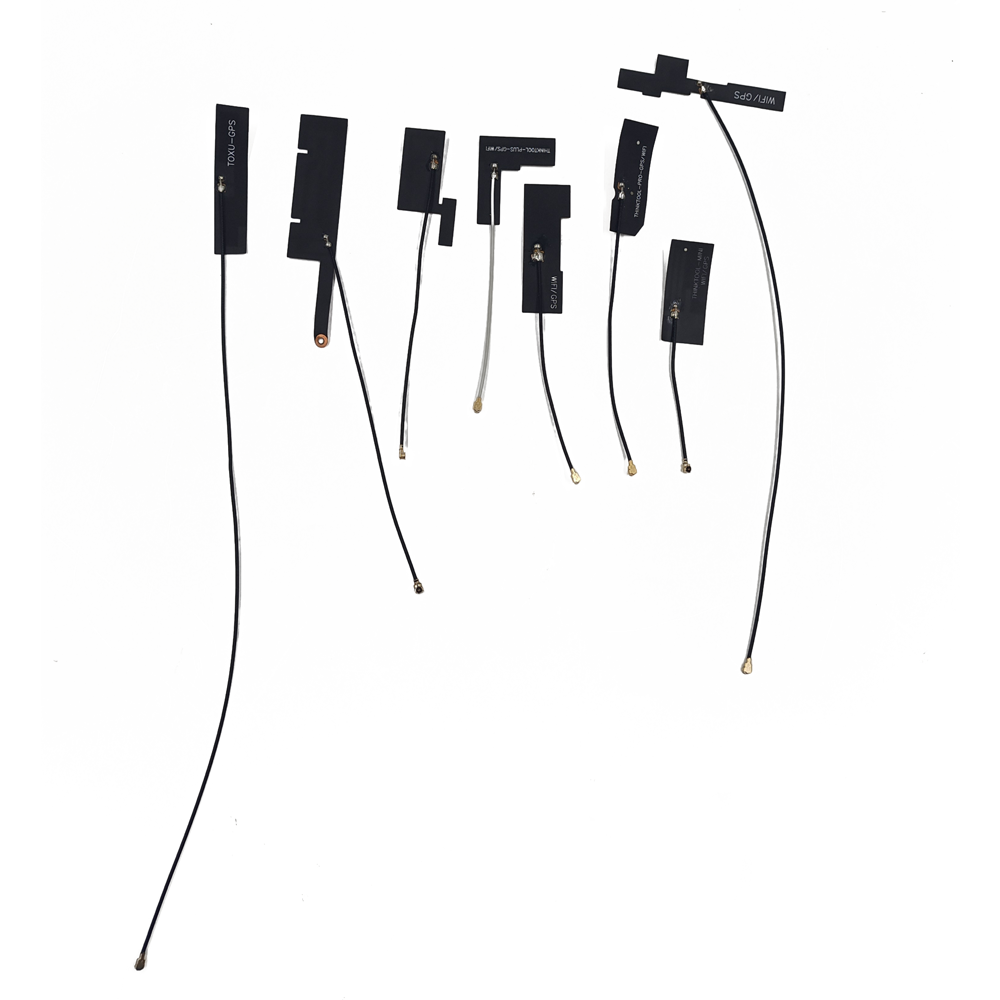High sensitivity internal GNSS antennas are the key enabling technology for embedding location awareness into a vast and growing ecosystem of devices, driving innovation across consumer, industrial, and safety-of-life applications.
Applications:
Smartphones and Tablets: The largest volume application. Enables mapping, navigation, location-based services, geotagging, and augmented reality.
Wearable Devices: Smartwatches and fitness trackers use them for run/cycle tracking, providing location data for emergency SOS features, and for context-aware notifications.
Internet of Things (IoT) and Asset Tracking: This is a massive growth area. Antennas are embedded in:
Logistics Trackers: Monitoring the location of shipping containers, pallets, and packages.
Asset Monitors: Tracking high-value equipment, tools, and industrial assets.
Agricultural Sensors: Monitoring livestock location and environmental conditions in fields.
Automotive Telematics: Hidden antennas power:
Emergency e-Call Systems: Automatically transmitting location after a crash.
Usage-Based Insurance (UBI): Tracking driving behavior for insurance premiums.
Fleet Management: Monitoring vehicle location, routing, and fuel efficiency.
Personal Safety and Security Devices: Compact personal alarms, devices for lone workers, and wearable tags for children or vulnerable adults rely on internal antennas to transmit their location.
Consumer Electronics: Cameras (for geotagging), drones (for flight stabilization and recovery), and portable navigation devices.
Future Trends:
Tighter Integration with Other Technologies:
Sensor Fusion: GNSS will be increasingly fused with inertial measurement units (IMUs), ultra-wideband (UWB), WiFi RTT, and cellular fingerprinting to provide continuous and reliable positioning when GNSS signals are unavailable indoors or in dense urban areas.
Antenna Fusion: A single, sophisticated antenna module designed to handle multiple services simultaneously (GNSS, WiFi, 4G/5G, UWB) will become more common, saving space and cost.
Improved Resilience to Interference: As devices become more complex and packed with electronics, managing RF interference will become even more critical. Future designs will incorporate more advanced filtering techniques and active interference cancellation systems.
AI and Machine Learning: AI will be used at the receiver level to better distinguish weak signals from noise, predict and mitigate multipath errors, and intelligently switch between different positioning technologies (GNSS, WiFi, cellular) based on the environment.
Leveraging New GNSS Signals: Future antennas will be designed to receive new civilian signals from modernized GPS (L1C, L2C, L5), Galileo (E6), and BeiDou, which offer higher power, better multipath resistance, and improved robustness, further enhancing performance in challenging environments.
Further Miniaturization: The drive for smaller wearables and IoT sensors will push antenna technology to new limits, designs like miniature ceramic chip antennas.
Energy Efficiency: For battery-operated IoT devices that need to last for years, ultra-low-power GNSS receivers and duty cycling will be essential. Antennas will need to maintain good efficiency even when integrated into devices with very small form factors.
Conclusion
The high sensitivity internal GNSS antenna is a remarkable feat of engineering that has fundamentally enabled the era of ubiquitous positioning. It represents the successful miniaturization and integration of a complex RF system into the most constrained and hostile of environments. By mastering the art of capturing faint whispers from space amidst the electronic roar of modern devices, this technology has allowed location awareness to become an invisible, yet indispensable, feature of our daily lives.
Its importance cannot be overstated. It is the critical hardware foundation upon which a vast array of software applications and services are built—from the convenience of turn-by-turn navigation to the efficiency of global supply chains, and from personal safety to scientific understanding. It has transformed GNSS from a specialized tool for aviators and mariners into a universal utility accessible to everyone.
The journey of the internal antenna is one of constant innovation and trade-offs. It is a story of collaboration between antenna designers, RF engineers, and mechanical architects, all working in concert to balance the competing demands of performance, size, cost, and aesthetics. While challenges of interference and variable performance remain, the trends point towards ever-greater integration, intelligence, and resilience.
As we move towards a future of increasingly autonomous systems and a truly interconnected Internet of Things, the role of the high sensitivity internal GNSS antenna will only grow in significance. It will continue to be the silent, unseen pulse that allows billions of devices to understand their place in the world, powering the next wave of innovation in how we live, work, and interact with our environment.




































































 Language
Language
 En
En Cn
Cn Korean
Korean

 Home >
Home > 







 18665803017 (Macro)
18665803017 (Macro)













